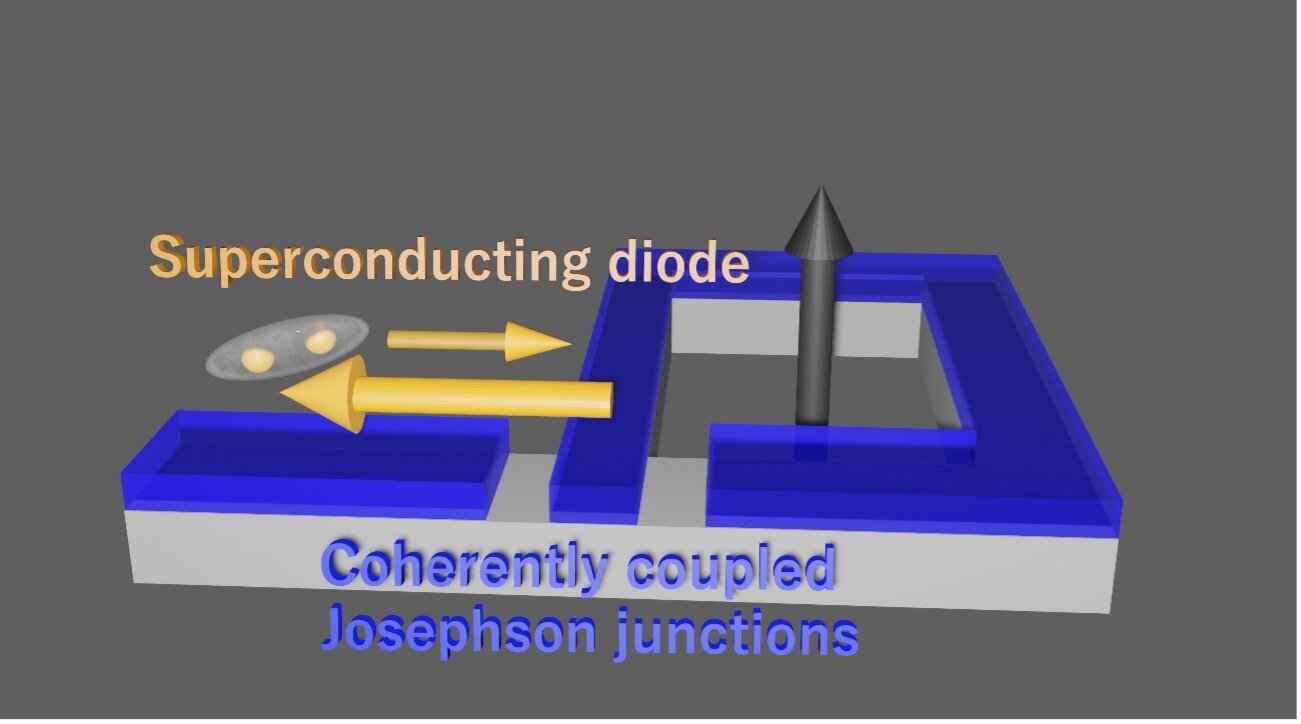The superconducting (SC) diode effect is a fascinating nonreciprocal phenomenon that occurs when a material is superconducting in one direction and resistive in the other. This effect has been extensively studied in physics as it holds the potential for the development of new integrated circuits in the future.
Recently, researchers at RIKEN and other institutes in Japan and the United States observed the SC diode effect in a newly developed device consisting of two coherently coupled Josephson junctions. Their findings, published in Nature Physics, could provide valuable insights for engineering technologies based on coupled Josephson junctions.
“We conducted experimental research on the nonlocal Josephson effect, which is a characteristic superconducting transport in coherently coupled Josephson junctions (JJs), inspired by a previous theoretical paper published in NanoLetters,” explained Sadashige Matsuo, one of the researchers involved in the study.
“The recent study featured in Nature Physics is an extension of our previous work on the nonlocal Josephson effect. Therefore, we employed the same methods as our previous paper.”
Matsuo and his colleague’s recent work builds upon their previous research efforts focused on superconducting transport in coherently coupled JJs. For their experiments, they utilized a device consisting of two JJs sharing a single superconducting lead.
2023-08-24 05:24:03
Link from phys.org
